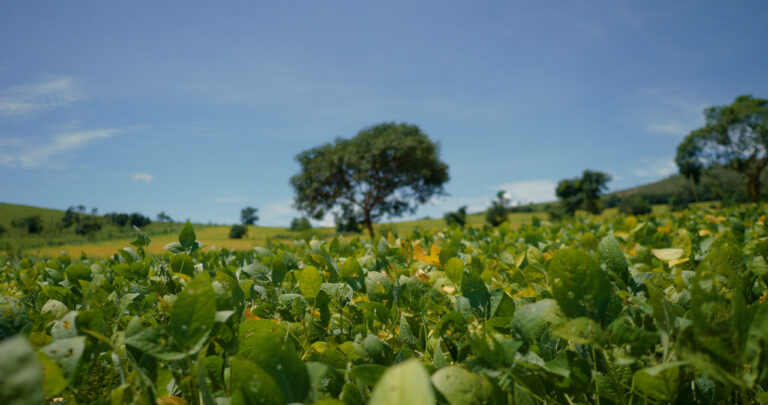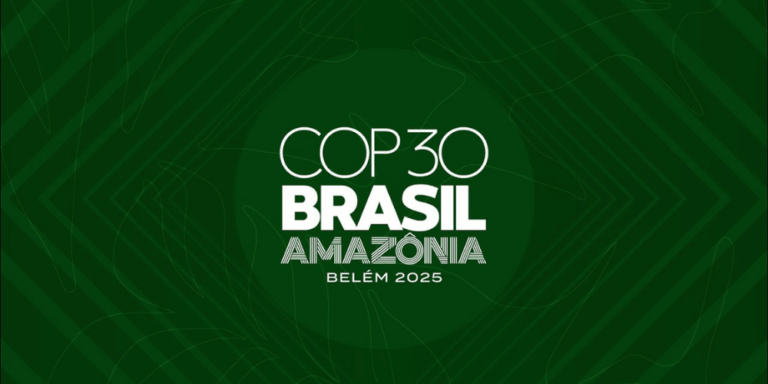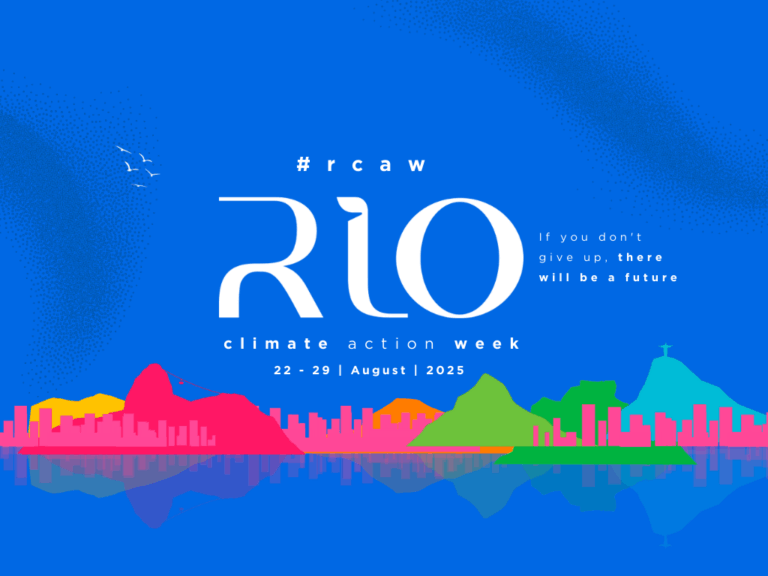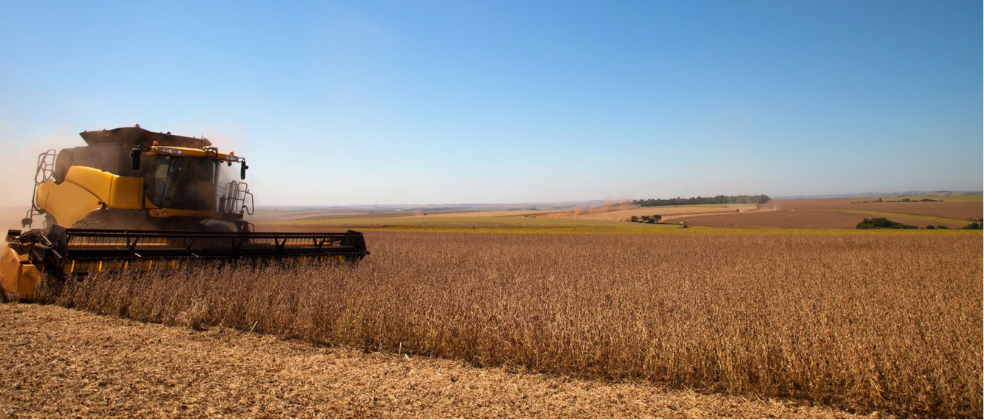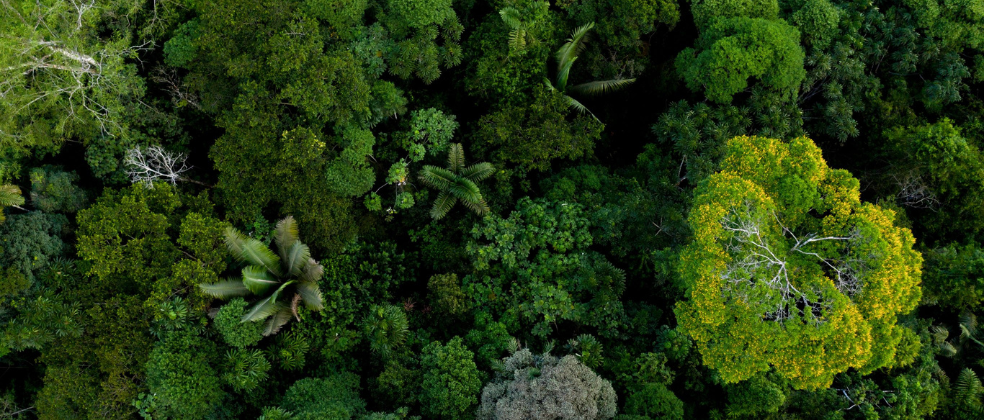The Dutch Fund for Climate and Development (DFCD) intends to partner with Sustainable Investment Management (SIM) to support deforestation- and conversion-free (DCF) soy production in Brazil’s Cerrado biome through the development of the Responsible Commodities Facility (RCF).
The RCF Cerrado Programme was launched in 2022 and is financed through the issuance of Green CRAs (green bonds) and provides low-cost crop finance to soy farmers who commit to protecting native vegetation beyond legal requirements.
The RCF was put forward for the award by the World Wide Fund for Nature Netherlands (WWF-NL) as a new project within the Dutch Fund for Climate and Development. WWF-NL manages the DFCD’s Origination Facility together with SNV, a global development partner, to develop new projects for the climate investment fund.
WWF-NL intends to sign a €206,900 grant funding agreement with SIM. SIM will then carry out activities to design and implement a set of strategic upgrades to the RCF Cerrado Programme. These include the design of mechanisms to incentivise regenerative agriculture and restoration of degraded lands, improved traceability, and the development of gender and human rights policies. These efforts aim to align the programme with emerging supply chain regulations such as the EU Deforestation Regulation (EUDR) and to enhance its climate adaptation and biodiversity outcomes.
The Cerrado is one of the world’s most biodiverse savanna ecosystems and a critical agricultural frontier. However, it is increasingly vulnerable to climate change and land conversion. In the 2023–2024 crop season, El Niño-driven droughts led to severe yield losses for soy farmers, highlighting the urgent need for more resilient production systems.
In response, SIM is seeking DFCD Origination Facility (OF) grant funding to support the development of a set of mechanisms that will help reduce greenhouse gas emissions, improve soil and water health, and protect native vegetation.
The Origination Facility grant will be put towards the following activities:
- Development of gender, human rights and stakeholder engagement policies
- Design of regenerative agriculture protocols and blended finance structures
- Modelling of incentives for restoring degraded pastures
- Assessment of reforestation options
- Strengthening soy traceability systems
These activities will enhance the RCF Cerrado Programme’s ability to deliver nature-positive, climate-resilient outcomes at scale.
By attracting further private financing, the programme forecasts the following impacts:
- 107,968 tonnes of CO₂e sequestered annually
- 100,000 hectares of climate-resilient farmland
- 67,000 hectares of sustainably managed forest
“The RCF has proven effective in promoting deforestation- and conversion-free (DCF) soy in the Cerrado, offering tailored credit to committed producers. With support from the DFCD, it can scale its impact, contributing to biome conservation, soil restoration, and the transition to regenerative agriculture. The initiative lays the groundwork for a systemic shift in Brazil’s commodity production, aligning agricultural development with environmental responsibility.” Fabrício de Campos, Senior Advisor LAC.
“We are very grateful for the support of DFCD, WWF-NL and WWF-Brazil in helping us to carry out these number of strategic upgrades to the RCF. These additional activities have been designed to further incentivize regenerative agriculture and restoration of degraded lands, improve soy traceability, and develop new gender and human rights policies. Pedro Moura Costa, CEO, SIM.
